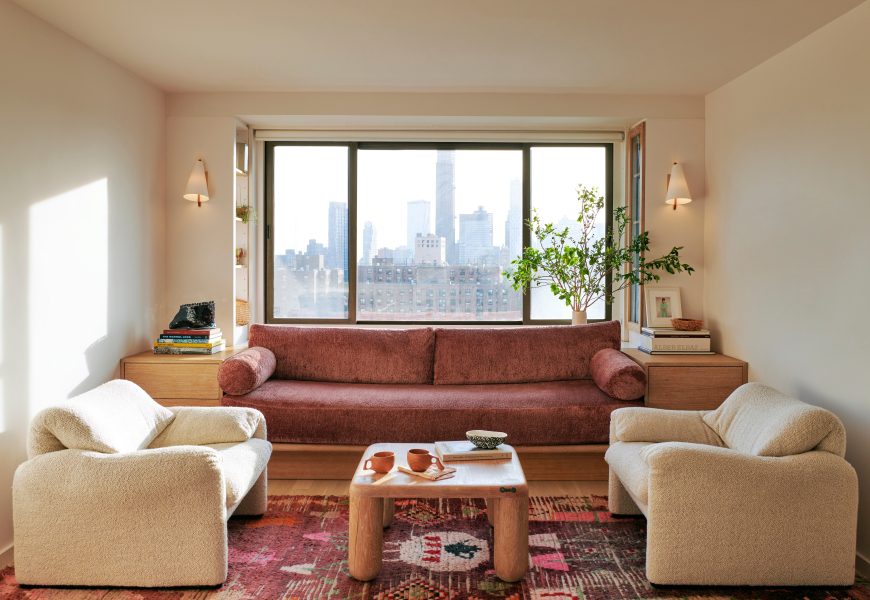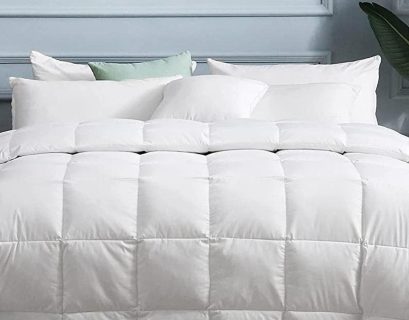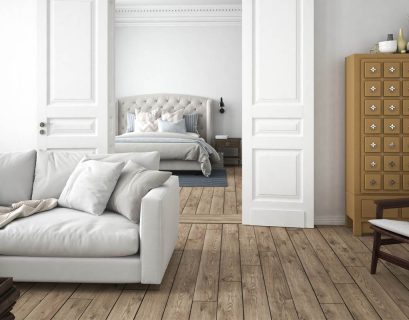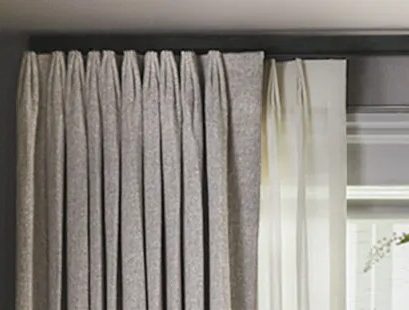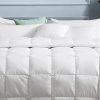Living in a small space doesn’t mean sacrificing style, comfort, or functionality. With thoughtful planning and strategic furniture arrangement, you can maximize every square inch of your compact living area. In this guide, we will explore practical tips and creative ideas to help you make the most of your small space, creating a harmonious and visually appealing environment without feeling cramped.
- Measure Twice, Arrange Once: The first and foremost step in optimizing a small space is accurate measurement. Take precise measurements of your room and existing furniture. This information will guide you in selecting appropriately sized pieces and arranging them to optimize both floor and visual space.
- Prioritize Essential Furniture: Identify the essential furniture pieces for your lifestyle and prioritize their placement. In a living room, this may include a sofa, coffee table, and perhaps a compact media unit. In a bedroom, focus on the bed, a nightstand, and necessary storage. Be selective to avoid overcrowding the space with non-essential items.
- Invest in Multi-Functional Furniture: Opt for furniture pieces that serve more than one purpose. For example, consider a sofa bed for guests, a coffee table with storage, or ottomans that can be used as both seating and storage. Multi-functional furniture helps maximize utility without sacrificing style.
- Create Zones with Furniture Grouping: Divide your small space into functional zones by grouping furniture with similar purposes. In a studio apartment, for instance, use furniture to distinguish the living area from the sleeping area. This division adds a sense of organization and makes the space feel more purposeful.
- Consider Lightweight and Leggy Furniture: Furniture with exposed legs creates a sense of openness and allows light to flow underneath, making the room feel more spacious. Choose sofas, chairs, and tables with slender legs to create an illusion of airiness. This style of furniture can visually expand the floor area.
- Use Vertical Space for Storage: Maximize storage by utilizing vertical space. Install floor-to-ceiling shelves or bookcases to keep items off the floor and draw the eye upward. This not only provides ample storage but also creates the illusion of higher ceilings, adding a sense of openness to the room.
- Furniture Scale Matters: When selecting furniture for a small space, pay attention to scale. Opt for pieces that are proportionate to the room’s size to prevent the space from feeling overwhelmed. Consider sleek, streamlined furniture that doesn’t dominate visually but still serves its purpose.
- Floating Furniture Placement: Float furniture away from walls to create a sense of flow and openness. This technique allows for better circulation around the room and makes the space feel less constrained. Leave enough space behind and around furniture to enhance the overall sense of mobility.
- Mirror Magic: Mirrors are an excellent tool for creating the illusion of space. Place mirrors strategically to reflect natural light and visually expand the room. Consider mirrored furniture or decor items to add a touch of glamour while enhancing the perceived size of the space.
- Foldable and Stackable Solutions: Embrace foldable and stackable furniture solutions that can be easily stowed away when not in use. Folding chairs, stackable stools, and collapsible tables are perfect for small spaces, offering flexibility in arrangement and optimizing space for different activities.
- Lighting Placement for Ambiance: Thoughtful lighting placement can significantly impact the perception of space. Use a combination of ambient, task, and accent lighting to create a well-lit, inviting atmosphere. Wall-mounted sconces, pendant lights, and floor lamps save floor space while providing ample illumination.
- Declutter and Edit: Keep clutter to a minimum by regularly editing and organizing your belongings. Choose furniture with built-in storage options to hide away items not in use. A clutter-free environment creates a more open and serene atmosphere in a small space.
- Color Palette and Light Colors: Opt for a light and neutral color palette to visually expand the space. Light colors reflect natural light, creating an airy feel. Consider using a consistent color scheme throughout the room to maintain cohesion and prevent visual fragmentation.
- Use Rugs to Define Areas: Area rugs can be used to define specific zones within a small space. For example, a rug can anchor the living room seating area or delineate the dining space in an open-plan layout. This technique adds visual interest and organization to the room.
- Experiment with Arrangement: Don’t be afraid to experiment with different furniture arrangements until you find the one that best suits your needs and aesthetics. Move furniture around, try various angles, and be open to unconventional layouts. The goal is to find a configuration that maximizes both functionality and visual appeal.
Conclusion:
Arranging furniture in a small space is a delightful challenge that, with the right approach, can result in a stylish and functional environment. By prioritizing essential pieces, investing in multi-functional furniture, and being mindful of scale and placement, you can transform your compact living area into a cozy and inviting haven. Embrace creativity, make the most of vertical space, and let the tips provided guide you toward a small space arrangement that reflects your personal style and enhances your overall living experience.
